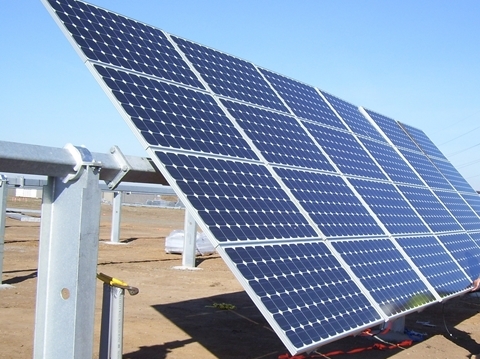By ICTpost Energy Bureau
India’s power grid is being renovated as the country moves towards smart grid technology. The upgrade will facilitate a range of new technologies, from more efficient appliances to solar and wind farms. While it will take decades for the entire grid to wise up, it is already a reality in dozens of cities around the country, as utility companies operate pilot programs to test the technology before rolling out the systems nationwide. Smart meters, which allow consumers to monitor their own electricity usage, are a central component of nearly all such pilot projects.
A smart grid can improve the reliability of electricity services for consumers by identifying and resolving faults on the electricity grid, better managing voltage and identifying infrastructure that requires maintenance. Smart grids can also help consumers manage their individual electricity consumption and enable the use of energy efficient ‘smart appliances’ that can be programmed to run on off-peak power.
Smart Grid and Smart City
Smart cities include environmental protection, energy efficiency and economic sustainability in a new urban paradigm which aims to improve quality of life and create new services for the people. In a smart city, infrastructure, services and technology come together to shape a town designed for the needs of its habitants.
Smart cities are based on smart grid technology, which enable a number of energy efficiency measures. Transport systems are sustainable, street lighting is efficient, buildings are equipped with sensors and devices aimed at cutting energy consumption and energy networks are managed in a smarter way..
Driving Force
Recently, Indian Government presented its Smart Grid Vision and Roadmap. The enablers for a smart grid in India include:
- Supervisory Control and Data Acquisition Systems (SCADA) with Energy Management Systems (EMS) and Distribution Management Systems (DMS) Enterprise IT network covering all substations and field offices with reliable communication systems
- Enterprise Resource Planning (ERP)/Asset Management Systems
- Geographic Information Systems (GIS) mapping of electrical network assets and consumers on geospatial maps
- Modernization of the substations with modern switchgear and numerical relays
- Advanced Metering Infrastructure (AMI) with two way communication and Meter Data
- Management Systems (MDMS)
Renewable energy and the need for modernization to the power grid are the key drivers of the Smart Grid. Both serve up many benefits and formidable challenges. A key to way for the smart grid to add value is realizing its potential to be a key enabler in the integration process and to drive new efficiencies into the electricity system. The demand-supply gap of power in India will also act as a major driver for smart grids in the Indian market. The markets affinity for renewable energy is also expected to stimulate its demand.
A genuinely robust smart grid would allow a system operator to manage intermittent supply with a much improved toolkit to manage the supply demand balance in a more granular, real-time way. There is a need for a strong institution that can drive smart grid development in India. One designated entity should be made responsible for the smart grid roadmap including implementation, research activities, technology selection guidelines, standards guidelines, capacity building programs etc., in addition to bringing all the stakeholders together. editor@ictpost.com








